If you’re an asset manager with responsibility for a renewables portfolio, this month’s Spotlight is for you. We’ll be walking you through some of the ways our performance module, part of our Asset Portfolio Management product, makes life easier for anyone who has reporting responsibilities.
COVERED THIS MONTH
Spotlight 1: Bulk Uploader
This is where it all starts. Our bulk uploader allows you to upload data from your renewable energy portfolio into the Kraken system in large quantities, quickly and easily, using our upload template.
It’s ideal for anyone who needs to upload data on a monthly or annual basis and it allows all financial and technical performance information to be captured.

The system validates and checks the data before it is uploaded: errors are flagged if anything looks incorrect. Project managers and site teams can also have access and this can be restricted if necessary. This allows them to feed the data, such as KPIs, directly into the system, saving you valuable time.

The system then organises and validates the data into a centralised database for you to consult, manage and share through live dashboards. Crucially, it allows you to interrogate complex data, giving much greater insight into what’s happening and maximise asset value.

Spotlight 2: Performance Dashboards
Through our bespoke dashboards, you can view a wide range of data and get a detailed analysis of your actual versus budgeted performance, giving you a full understanding of all your assets in one place.
The system handles any type of clean energy site anywhere in the world – it has been tried and tested on more than 30 different technologies.
The system is designed to flex to different needs. View and analyse metrics at portfolio level, fund level, technology level or asset by asset. You can also compare site managers or O&M contractors. You can also filter the data according to timescales – find out how sites are performing over a month, year or more. All the aggregations are done automatically with correct weighting.

The Kraken system has a set of in-built KPIs which we find are relatively standard for most reporting needs but we can change or add to these depending on what clients want. Some examples of KPI metrics include performance ratio, total production and actual versus budgeted performance.
All the data is traceable so you can query anything which needs further explanation.
And it’s easy to use – reports and dashboards are generated with a click of a button so no technical expertise is required.

Spotlight 3: KPI Explorer
This is a smart feature that enriches existing KPI information and gives you a more detailed view of any performance or financial data. It’s ideal for when you need a snapshot of data that can be sourced quickly and easily.
It allows you to tailor your reporting at a granular level, should you need it. Filter the data according to your needs and build an adaptable view which the system remembers so you can repeat the same data search on a regular basis.
Filters include a wide variety of parameters including, fund, region and technology type. Data can be aggregated across different time periods giving you a monthly, quarterly or annual view of your KPI figures. Longer term views across three and five years are also available. It can also be cut by financial or calendar year. Large datasets can then be grouped by technology, region and stakeholder type.
The KPI Explorer creates a downloadable report, meaning you can then take the data and use it in whatever way you want.
Multiple users can use this feature to create their own views and exports. The flexibility of our interface and the advanced filtering system allows for bespoke reporting across multiple teams, including asset management, fund management and sustainability.

Spotlight 4: KPI Heat Map
Use our heat map to get an overview of your portfolio performance using this colour coded visual tool. It condenses a lot of data across multiple sites and displays it as one image providing a useful, at-a-glance overview. You can quickly see where there are performance gaps, allowing you to interrogate these further.
Colour is used to highlight performance discrepancies in your chosen KPI, including under and over performance. The scale can be adapted to make outliers more prominent.
You can choose the view. For example, select an individual KPI to focus in across all sites in your portfolio. The advanced filtering allows you to narrow down the site list based on fund, region, technology and a variety of other factors. You can add multiple KPIs to the heat map view to compare against your primary KPI metric. Hovering over a colour block will show the latest data for the KPIs you have selected and you can set the bounds of the colour coding if you want the colour spread to be more or less granular.

Want a copy?


